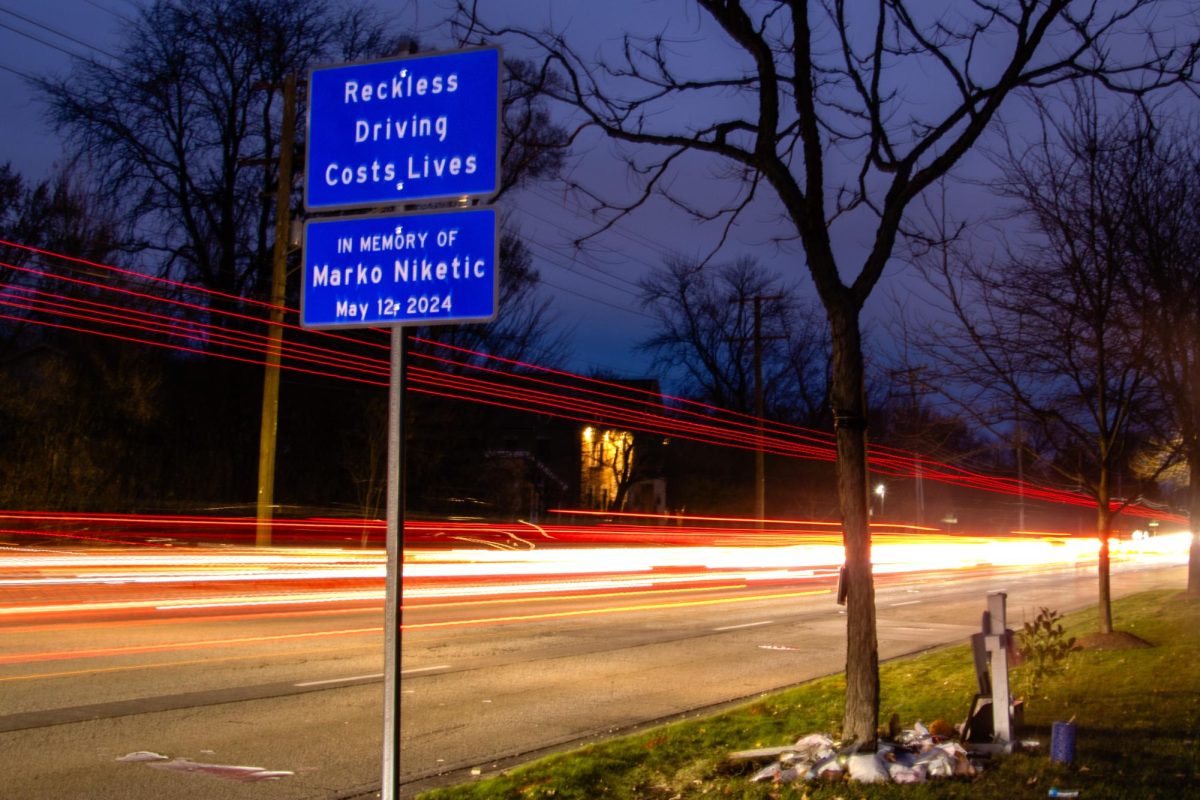The Illinois pension debt reached over $80 billion this year, according to Hillarie Siena, district assistant superintendent of business affairs.
The Illinois government is currently exploring pension reform options to pay back the debt and restructure the system. The debt is an accumulation of pensions from state employees and public workers, such as teachers. The Teachers’ Retirement System (TRS) makes up the largest portion of the pension system, according to the Illinois Business Journal.
Teachers’ pensions involve three parts: employee contributions, investment income from the state, and general tax revenue, according to Benedict Hussmann, social studies teacher.
From every paycheck, 9.4 percent of a teacher’s salary is taken out and put into a pension fund, according to Matthew Whipple, social studies teacher and South union president. Siena said that the district pays .58 percent, and the state pays for the rest through a formula specific to each teacher and school. However, Illinois has not come through.
“Some years they’d pay, some years they’d pay but not all, some years they didn’t pay any, so now there’s a deficit,” Whipple said.
The debt will continue accumulating because of baby boomer retirees and the economic downturn, according to State Representative Daniel Biss, heightening the need for reform.
The Civic Federation, an Illinois research organization, said that between fiscal years 2012 and 2013, pension costs will increase by $4.5 billion. They estimated that by 2019, pension payments will account for 27 percent of the entire Illinois general revenue fund.
Illinois Governor Patt Quinn, Democratic leader Mike Madigan and Republican leader Tom Cross have all suggested different solutions, such as shifting costs to school districts, raising retirement standards, decreasing benefits and increasing teachers’ payments.
Cost shifting is the state shifting its pension payments to the district, or ‘getting out of the game,’ according to Superintendent Michael Riggle. District 225 would have to pay an estimated 7 percent instead of the current .58 percent, according to Siena. This would be an $80 million cost over 20 years to the district.
The proposal comes without a means for districts to increase their revenue, or income, to pay for the pensions, according to Siena.
Cuts to the operating budget could be made, and that would mean less supplies and technology, infrequent replacement of equipment and fewer resources, according to Whipple. However, Riggle said the goal is to make sure the student body is affected as little as possible.
“I’m a very strong believer that students should not be harmed by these things and we try and find a way to make it work,” Riggle said.
The district is under a ‘tax cap,’ Siena said, meaning that taxes can’t be raised from current levels to pay for the possible cost. Riggle said the district has worked to save money in recent years to buffer costs through cost-friendly endeavors like saving energy. Assets like teacher benefits, the district reserves and other places to cut costs will be looked at, according to Principal Dr. Brian Wegley and Riggle.
“We’re planning for it, we’re working on it…and I’m confident that we’ll figure it out, but there will be some pain involved,” Wegley said.
Raising retirement standards is another option, according to Whipple. Current standards allow teachers to retire at age 60 or after teaching for 35 years. The retirement age would increase to 67 years, so teachers would be paying more into pensions over the long term.
According to Whipple, another proposal involves the largest benefit in the teacher retirement system: the cost-of-living adjustment (COLA). In Illinois, every year after retirement teachers are given a 3 percent compounding COLA added on to their pension check. So every year, teachers receive a payment with 3 percent of the previous year’s payment added on.
Lawmakers are proposing to give teachers and retirees a choice: either keep the 3 percent COLA, but stop allowing future salary increases to be factored into pension calculations, and lose access to state health-insurance; or, accept a non-compounding COLA and lose the aforementioned benefits.
That proposal would save the state $33 to 37 billion over 30 years, according to the TRS, but at the cost of current retirees.
“The idea that they’d do this to people who are retired, who have no income…that’s pretty ugly,” Whipple said.
The final option would be to increase what teachers pay into their pensions from the current 9.4 percent to a number undetermined by lawmakers. Hussmann said teachers could more easily adjust to a 1 or 2 percent increase, but anything more would be similar to a severe pay cut.
According to Hussmann, some teachers think the potential changes to their benefits and payments are unfair since they have consistently paid their portion of their pension fund each month.
Lawmakers have been debating over the pension issue since last fall with little being accomplished, Whipple said.
The uncertainty has led to an increase in retirements of state employees, with over 5,000 in the past year, according to the Chicago Tribune. That number is close to the previous two years combined.
New employees have to think differently about the future, according to Joanna Lialios, social studies teacher.
“Newer teachers have to start planning ahead from now and have a back-up plan for retirement, as the pension system has become unreliable,” Lialios said.
Whipple doesn’t expect change until after the election, because few politicians would take the political risk. Riggle said the key time is January, when politicians are either leaving or secure in their seats for the next two years.
Wegley said that the issue can’t be put off much longer.
“The sooner the better [because] the longer we wait, the more compounded the issue becomes,” Wegley said.






